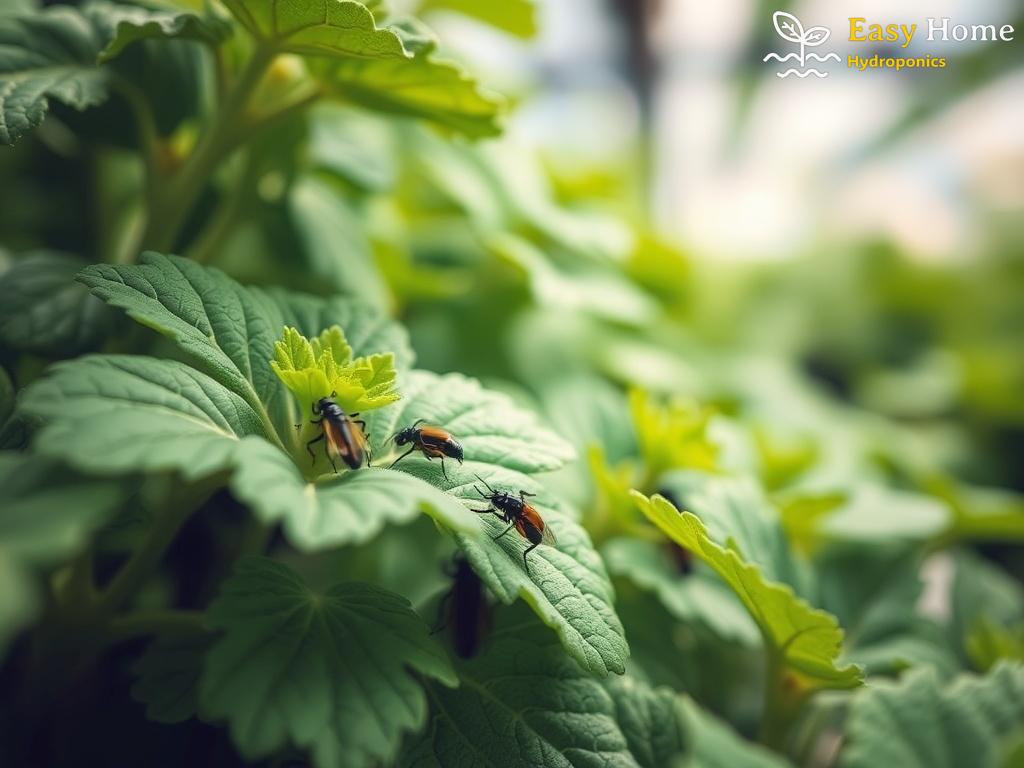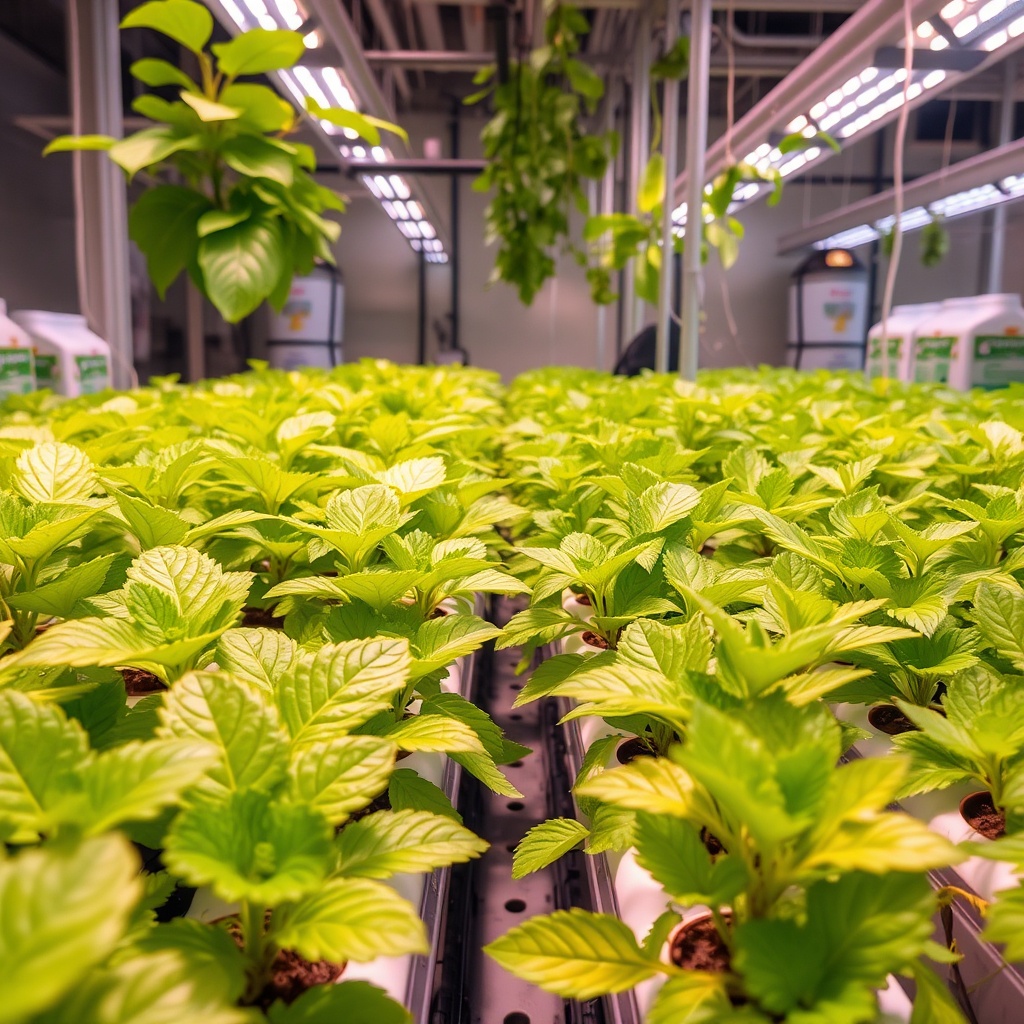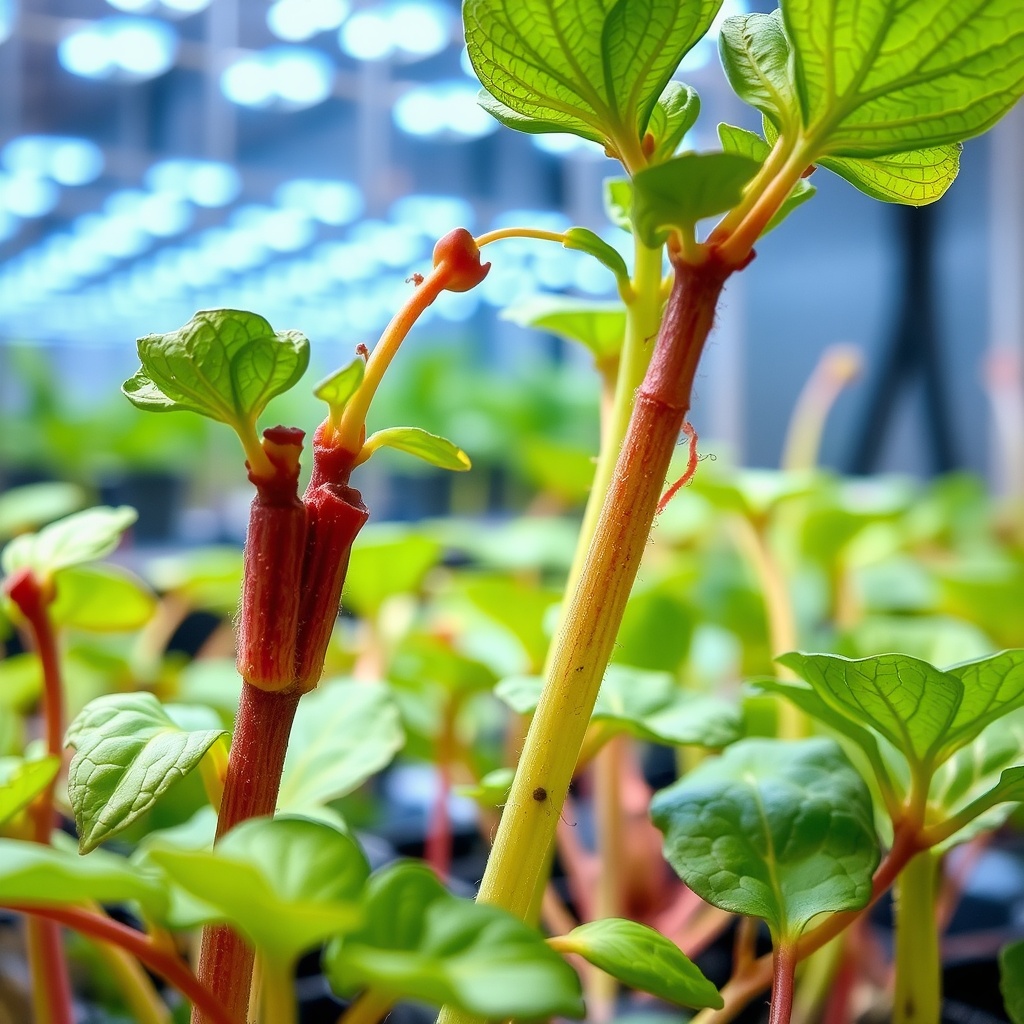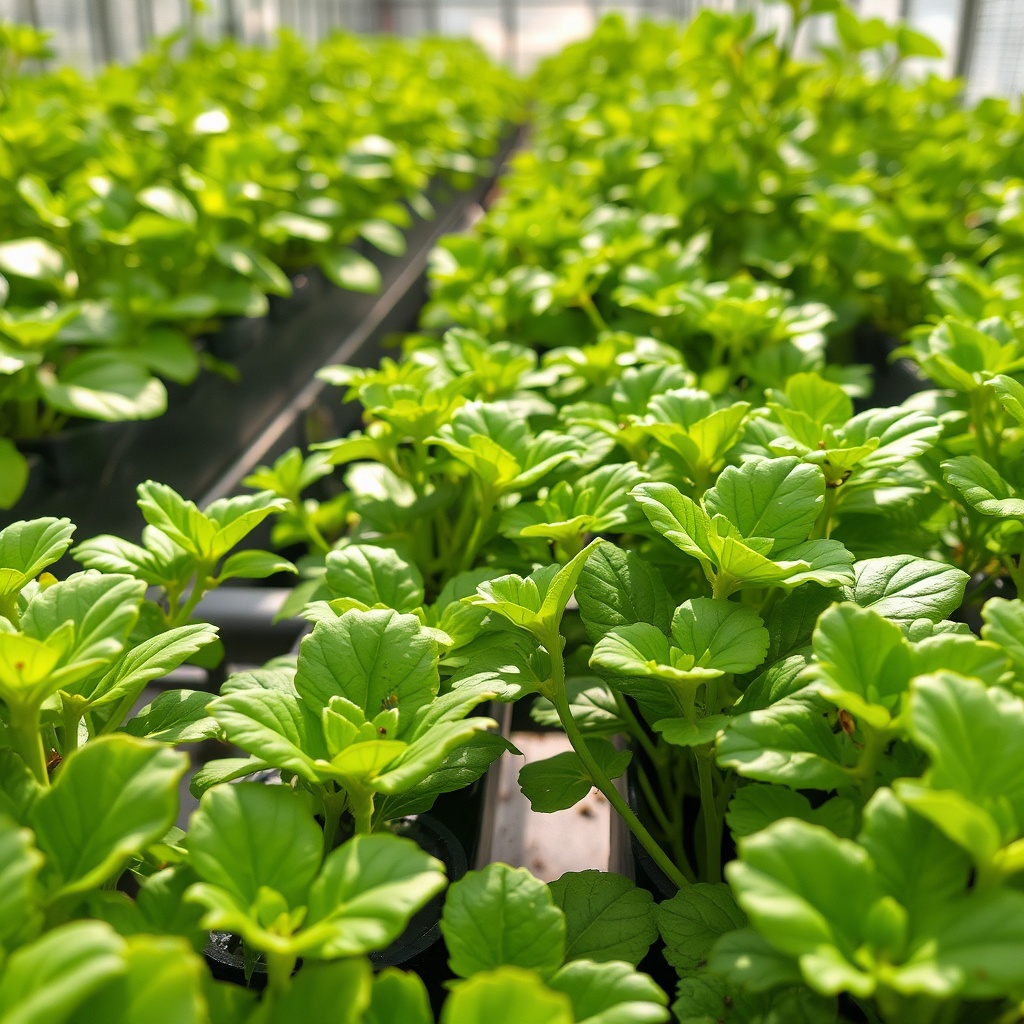Identifying Scale Insects: The Hidden Threat
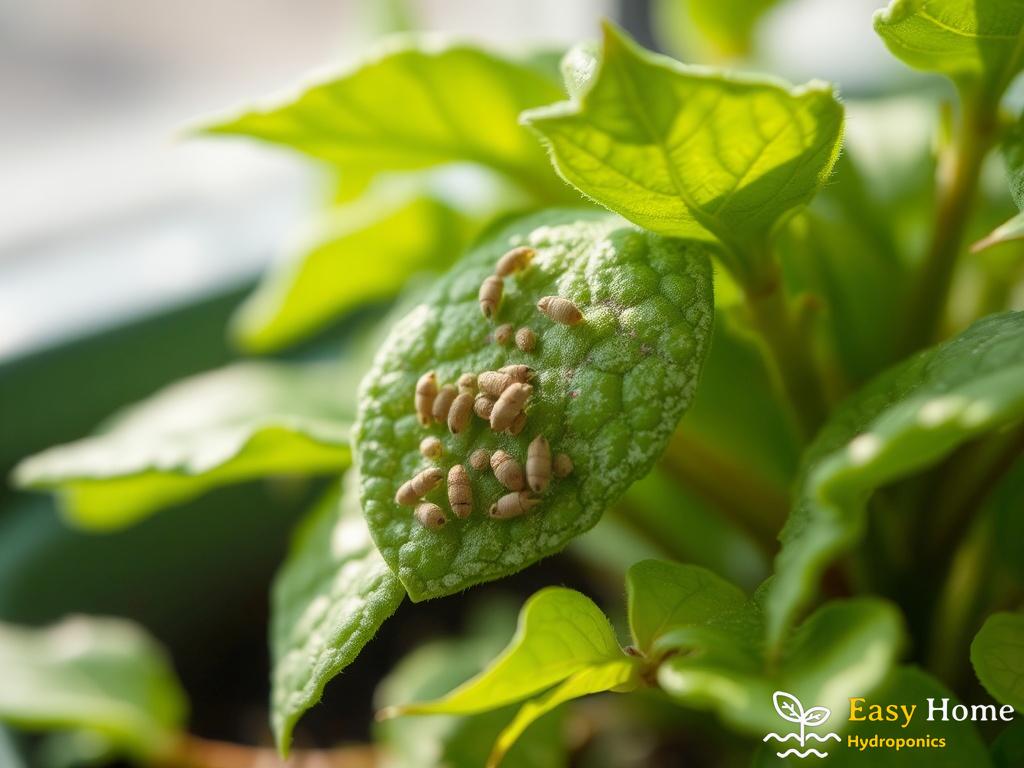
In the vibrant world of hydroponics, where plants thrive in nutrient-rich water, a hidden menace lurks—scale insects. These tiny pests can wreak havoc on your beloved plants without you even noticing. They blend seamlessly into the foliage, making their identification a challenge. Understanding the intricacies of these pests is crucial for any hydroponic gardener looking to maintain a healthy ecosystem.
Recognizing the various types of scale insects is the first step in combatting this stealthy foe. Scale insects generally fall into two primary categories: soft scale and hard scale. Each type has its unique characteristics and behaviors, making them distinct yet equally harmful to your plants.
| Type of Scale | Appearance | Behavior |
|---|---|---|
| Soft Scale | Waxy, soft bodies; often green or yellow | Secrete honeydew; attract ants |
| Hard Scale | Small, dome-shaped; usually brown or black | Attach firmly to stems; more challenging to remove |
Identifying scale insects early can save your hydroponic garden from severe damage. Keep an eye out for significant indicators of their presence. Here are the key signs to watch for:
- Sticky Residue: A sign of honeydew secretion, which attracts sooty mold.
- Yellowing Leaves: Plants may show signs of stress, leading to leaf drop.
- Visible Scale: Look for small bumps or waxy spots on stems and leaves.
- Presence of Ants: These insects are often attracted to honeydew, suggesting scale activity.
By familiarizing yourself with these signs, you will be better equipped to act swiftly and protect your hydroponic plants from these hidden threats.
Effective Organic Solutions for Scale Control
As a hydroponic gardener, the emergence of scale insects can be a daunting reality to face. However, the good news is that there are several effective organic solutions that can help you combat these pests without resorting to harmful chemicals. Embracing natural methods not only protects your plants but also ensures that your hydroponic ecosystem remains balanced and healthy.
One of the most fascinating aspects of pest management is harnessing the power of nature itself. Introducing natural predators like ladybugs and lacewings can significantly reduce scale populations, as these beneficial insects feast on scale eggs and larvae. Furthermore, insecticidal soap—a blend of natural plant oils and soap—can be sprayed directly onto affected areas. This method effectively suffocates scale insects while being safe for your plants and the environment. For optimal results, ensure that you apply these treatments during early morning or late evening when beneficial insects are less active.
For those dealing with more stubborn infestations, creating a homemade remedy can be a game changer. A mixture of water, dish soap, and vinegar can serve as an excellent organic spray to target scale insects. The soap works to break down their protective coatings, while vinegar’s acidity can deter them from returning. Apply this solution every few days until the scale insects are under control, and always remember to test a small area of your plant first to ensure there are no adverse reactions. This proactive approach not only addresses the current infestation but also empowers you as a gardener to take control of your growing environment.
Preventative Measures: Keeping Your Hydroponics Safe
In the realm of hydroponics, where every leaf and root matters, prevention becomes your best ally against the stealthy invasion of scale insects. These minuscule pests, often unnoticed until it is too late, can disrupt the delicate balance of your hydroponic ecosystem. Thus, implementing robust preventative measures is paramount for safeguarding your plants and ensuring they continue to flourish in their nutrient-rich environment.
Your hydroponic setup should reflect a proactive stance against pests. Begin by ensuring the cleanliness of your growing area; regularly sanitize your tools and containers to eliminate any potential breeding grounds for pests. Additionally, consider incorporating physical barriers, such as fine mesh screens or row covers, which can serve as a shield against scale insects and other unwanted intruders. This not only minimizes the chance of infestations but also promotes a healthier growing atmosphere for your plants.
Vigilance is key in the constant battle against scale insects. Regularly inspecting your plants for early signs of scale infestation can mean the difference between a minor annoyance and a full-blown crisis. Make it a habit to check the undersides of leaves and stems, as these are common hiding spots for scale insects. Furthermore, maintaining optimal growing conditions—including proper humidity, temperature, and nutrient levels—can enhance plant resilience and deter pests. Should you notice any signs of scale presence, prompt action is crucial. Quick interventions, such as introducing beneficial insects or applying organic sprays, can effectively nip the problem in the bud before it escalates.
The Role of Beneficial Insects in Scale Management
In the ongoing quest to protect hydroponic plants from the insidious threat of scale insects, nature offers a remarkable ally: beneficial insects. These tiny heroes, often overlooked, play a pivotal role in pest management strategies, providing an organic solution that aligns perfectly with the ethos of hydroponic gardening. By inviting these natural predators into your growing environment, you can enhance your plant’s defenses and cultivate a thriving ecosystem.
Among the myriad beneficial insects, a few stand out as champions in the battle against scale insects. Understanding their characteristics and behaviors can help you make informed decisions about how to integrate them into your hydroponic garden.
- Ladybugs: Renowned for their vibrant appearance, ladybugs are voracious consumers of scale eggs and larvae. These charming beetles not only help control pest populations but also add a splash of color to your garden.
- Lacewings: Lacewing larvae are often referred to as “aphid lions” for their insatiable appetite for soft-bodied insects, including scale. Their presence can dramatically reduce scale populations, providing a natural balance within your hydroponic system.
- Parasitic Wasps: Some wasp species lay their eggs inside scale insects, leading to the eventual demise of the host. This unique method of biological control can significantly curb infestations, making these wasps a valuable addition to your pest management strategy.
To reap the benefits of these natural predators, it’s essential to create a hospitable environment for them. This involves implementing strategies that promote their presence while minimizing factors that could drive them away. Here are some effective approaches:
- Avoid Chemical Pesticides: The use of synthetic pesticides can deter beneficial insects. Opt for organic solutions that protect your plants while allowing these allies to thrive.
- Plant Diversity: Including a variety of plants, especially those with nectar-rich flowers, can attract beneficial insects and provide them with sustenance.
- Provide Shelter: Creating hiding spots using natural materials can offer a safe refuge for beneficial insects, encouraging them to settle in your hydroponic garden.
While beneficial insects can significantly aid in managing scale populations, monitoring their effectiveness is crucial. Regularly assess your hydroponic plants to ensure that beneficial insects are present and actively contributing to pest control. This observation will help you determine if additional interventions are necessary or if the natural balance is being maintained. Remember, the key to a thriving hydroponic environment lies in the harmonious coexistence of plants and their beneficial counterparts, creating a self-sustaining ecosystem that thrives without harmful interventions.
Restoring Health: Post-Infestation Care for Plants
After the battle against scale insects, your hydroponic plants may appear distressed and weakened. However, recovery is not only possible but can also lead to stronger, more resilient plants. The first step in this rejuvenation process is to assess the extent of the damage. Look for signs like yellowing leaves and stunted growth, which indicate the plants need immediate attention. By taking a proactive approach, you can restore vitality and encourage robust growth.
To facilitate recovery, it’s essential to focus on nourishing both the roots and foliage. Start by providing your plants with a balanced nutrient solution to replenish lost minerals and promote healthy regrowth. Ensure that the nutrient levels in your hydroponic system are optimal, as plants under stress require additional support. In parallel, consider applying a gentle foliar spray with essential nutrients to the leaves. This can enhance photosynthesis and boost the plants’ overall health while they recover from their ordeal.
Creating a supportive environment is crucial for the recovery phase. Increase air circulation around your plants to encourage faster healing and reduce the risk of mold or mildew, which can thrive in damp conditions. Additionally, maintaining proper humidity and temperature levels will aid in their recuperation. This is also the time to re-evaluate your integrated pest management strategies. Consider reintroducing beneficial insects to keep further infestations at bay and create a balanced ecosystem. By combining these efforts, you not only help your plants recover but also fortify them against future threats.

